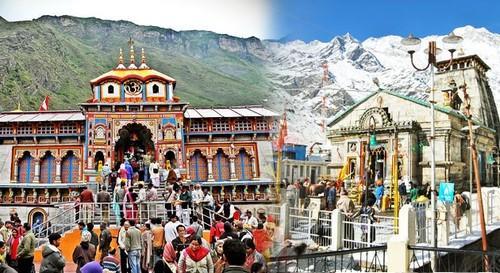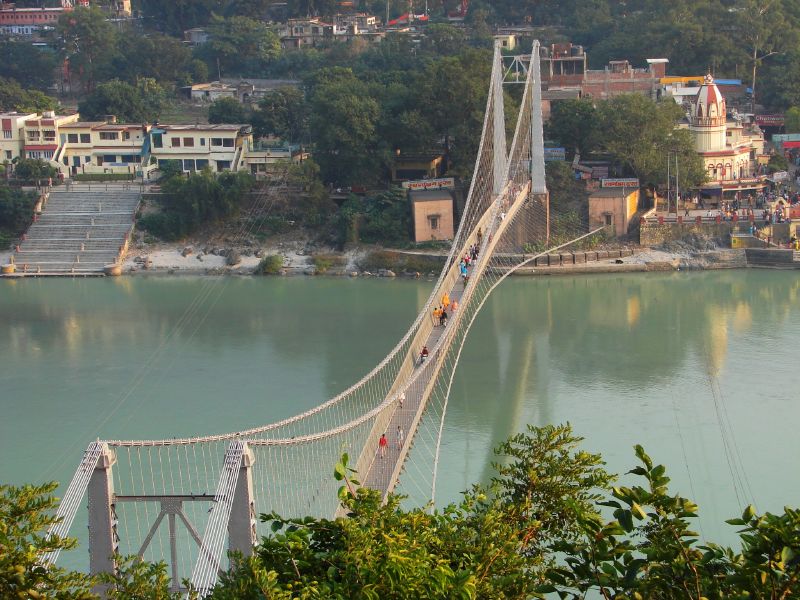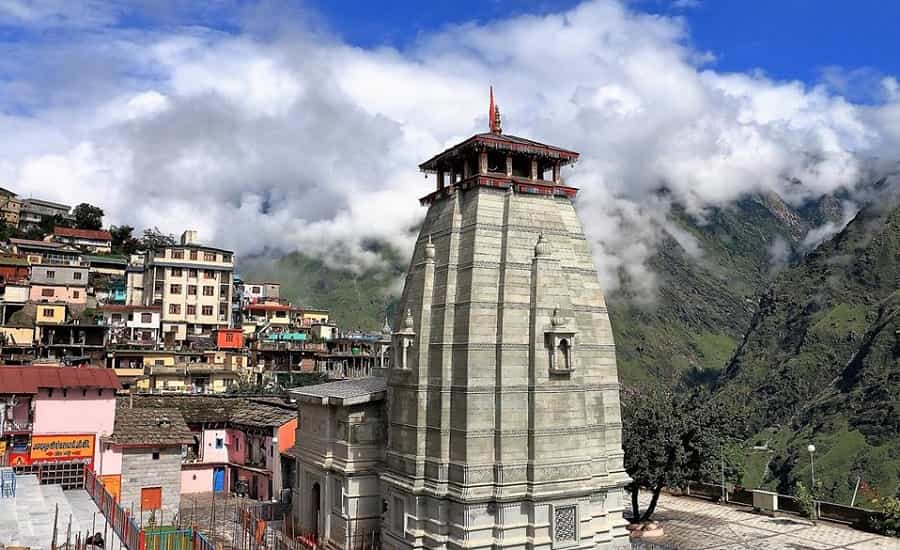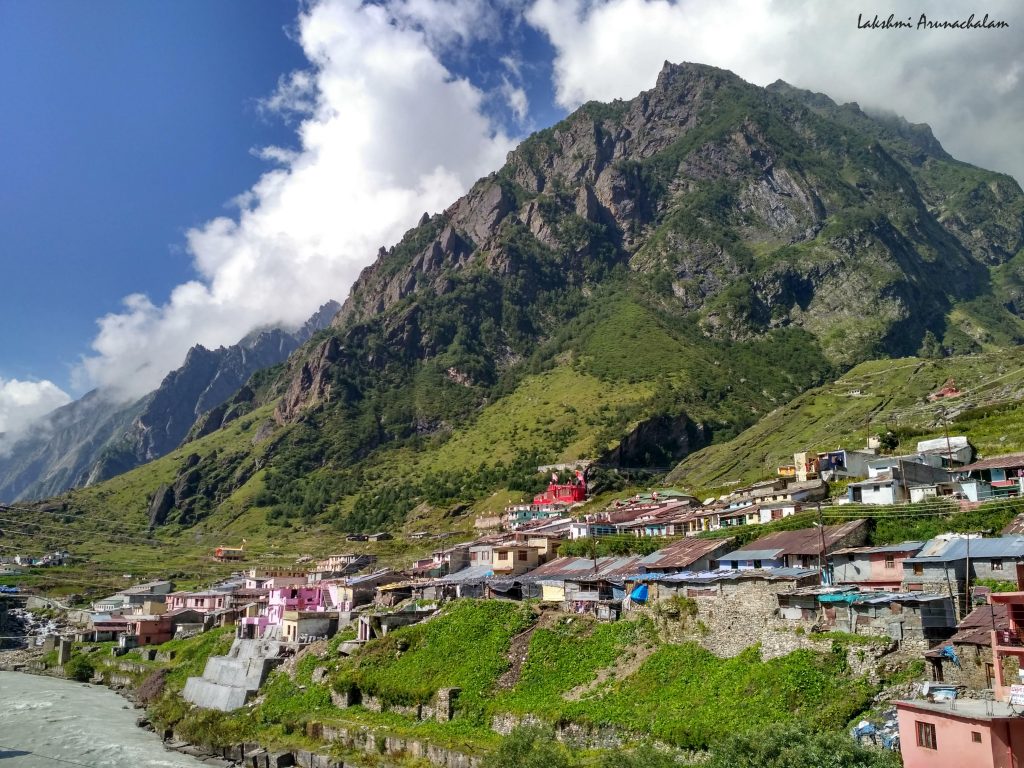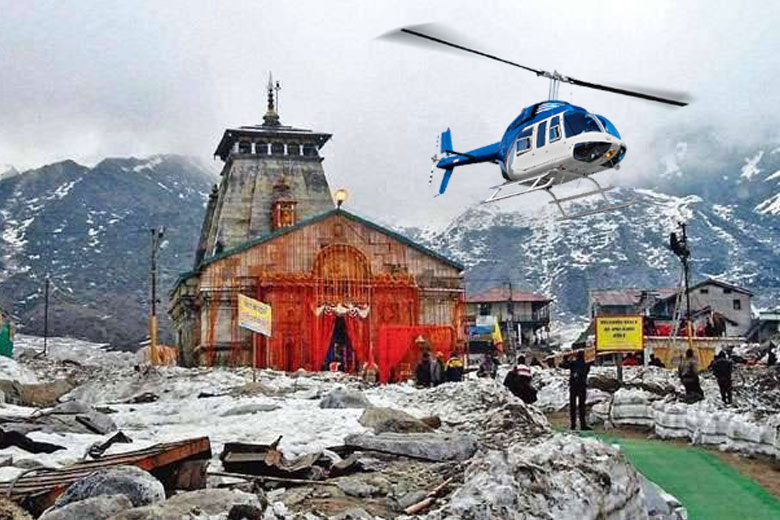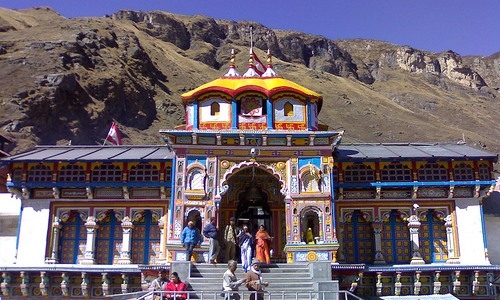INCLUSIONS
- Hotel accommodation as per package same or similar hotels.
- Breakfast + Dinner.
- Transfers and sightseeing as prepackage car.
- All toll tax, parking, fuel and driver allowances.
- All applicable hotel and transport taxes.
EXCLUSIONS
- 5% GST will be extra.
- Anything not mentioned under ‘Package Inclusions’
- All personal expenses, optional tours and extra meals.
- Medical and travel insurance.
- Any kind of entry fees anywhere if not mentioned in including.
- Tips, travel insurance, medical insurance, laundry charges, liquors, mineral water, telephone charges.
- All items of personal nature.
- Porter, pony, horse, cable car, boat, train tickets, air tickets charges.
- Helicopter Ticket Cost and VIP Ticket for Kedarnath Darshan is not included.
Accommodation
Hotel:3*
Sightseeing
Guptkashi
- Ardh Narishwar (Vishwanath)Temple.
- Alaknanda River.
- Kedarnath Temple.
- Tehri Dam (The Hydro electric project ).
- Badrinath
Badrinath
- Mana & Vyas Gufa.
- Maatamoorti.
- Charanpaduka.
- Saraswati River.
- Tapt Kund.
- Mana Villag.
- Vasundhara.
- Joshimath.
- Narsingh Temple.
- Bhavishya Badri.
Rudraprayag
- Rishikesh Temples.
- Laxman Jhulla.
- Ram Jhulla.
Meals
- 04 Breakfast.
- 04 Dinner.
Transfers
- All tours & transfers on PVT basis.
Day 1Haridwar – Guptkashi (220kms/8-9hr)
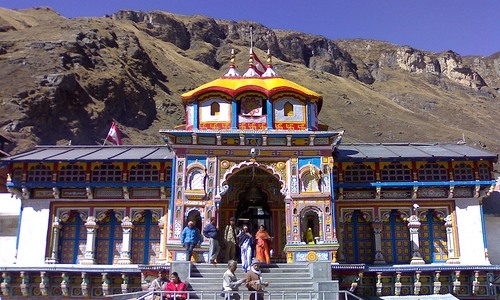
Meet our driver at Haridwar morning and drive to Guptkashi via Rudraprayag & Devprayag. Enroute you can see the beautiful river Ganga and Alaknanda River till Rudraprayag. The Mandakini river comes from Kedarnath, drive alongside the river to reach Guptakashi, visit Ardh Narishwar (Vishwanath)Temple in Guptakashi. Check into the hotel arrival in Guptakashi. Overnight stay at Guptakashi.
Guptakashi:The name Gupt Kashi means “Hidden Benares. Mythology describes how when the Pandava brothers were searching for a glimpse of Shiva, Shivji first concealed himself at Guptkashi, but later fled from them further up the valley to Kedarnath, where the Pandavas finally got their wish fulfilled. There are more tangible connections as well-the Kedarnath pandas (priests) live in Guptkashi during the winter months, and after the Kedarnath temple closes for the winter, the image of Kedarnath passes through Gupt Kashi on its way to Ukhimath (across the valley), where it stays for the winter.
Day 2Guptkashi – Kedarnath – Guptkashi (30kms by road & 19kms Trek one way)
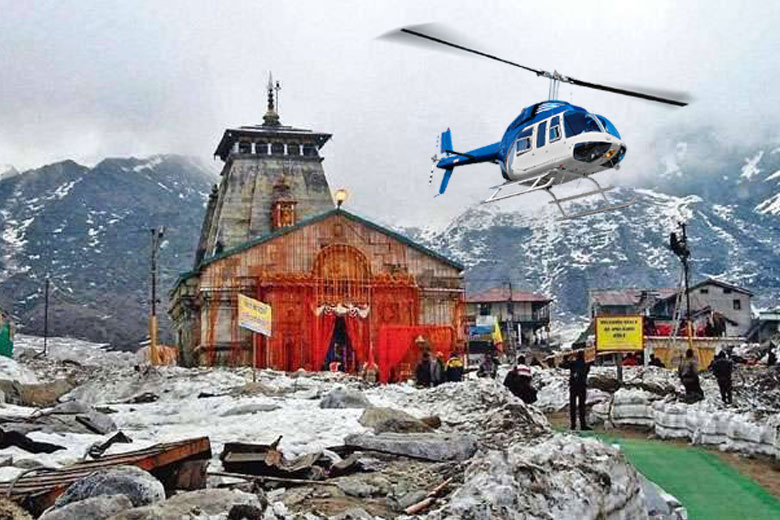
By Helicopter: Morning our driver will transfer you to your prebooked Helipad. After Back our car will drop you at Hotel for rest. (note: helicopter ticket is not included in this package)
By Trek: Though it is difficult to go up and down from Sonprayag on the same day by trek. But it can be done if you take ponies or helicopter while going to Kedarnath. Do coordinate well with driver, as due to parking issue driver cannot stay at Sonprayag also network issue is also there.
Kedarnath: The Kedarnath shrine, one of the 12 jyotirlingas of Lord Shiva, is a scenic spot situated, against the backdrop of the majestic Kedarnath range. Kedar is another name of Lord Shiva. According to legend, the Pandavas after having won over the Kaurava in the Kurukshetra war, felt guilty of having killed their own brothers and sought the blessings of Lord Shiva for redemption. He eluded them repeatedly and while fleeing took refuge at Kedarnath in the form of a bull. On being followed he dived into the ground, leaving his hump on the surface. The remaining portions of Lord Shiva appeared at four other places and are worshipped there as his manifestations. The arms appeared at Tungnath, the face at Rudranath, the belly at Madhmaheshwar and his locks (hair) with head at Kalpeshwar. Kedarnath and the four above-mentioned shrines are treated as Panch Kedar.
Day 3Guptkashi – Badrinath (160kms/7hr)
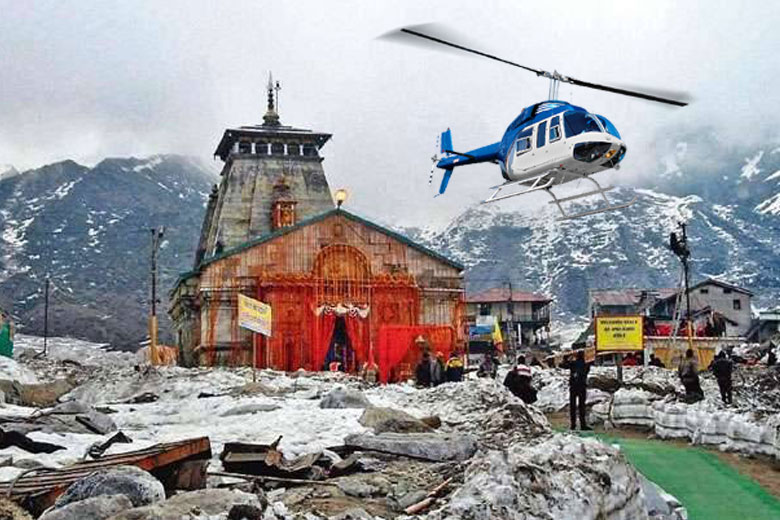
Morning after breakfast, drive to Badrinath. Check in to the hotel arrival in Badrinath. Pilgrims after having a bath in the Taptkund have the Darshan of Badrivishal & Aarti in evening. Brahamakapal is significant for Pinddan Shraddh of ancestors (Pitrus). There are other interesting sightseeing spot like Mana, Vyas Gufa, Maatamoorti, Charanpaduka, Bhimkund and the “Mukh” of the Saraswati River. Just within the three kms of Badrinathjee. Overnight stay at Badrinath.
Badrinath one of the ‘Ancient Four Dhams’ is one of the most celebrated pilgrimage spots of the country and is situated at an elevation of 3,133 meters, guarded on either side by the two mountain ranges known as Nar & Narayan with the towering Neelkanth Peak providing a splendid backdrop. This revered spot was once carpeted with wild berries. Thus the place got the name “Badri van”, meaning “forest of berries”.
Tapt Kund : Natural thermal springs on the bank of the river Alaknanda, where it is customary to bath before entering the Badrinath temple.
Mana Village : Inhabited by an Indo-Mongolian tribe, it is the last Indian village before Tibet.
Vasundhara : As the name suggests, vasundhara is a magnificent water fall. This place is 5 kms. from Badrinath out of which 2 kms. is motorable upto Mana.
Day 4Badrinath – Joshimath – Rudraprayag (160kms/7hr)
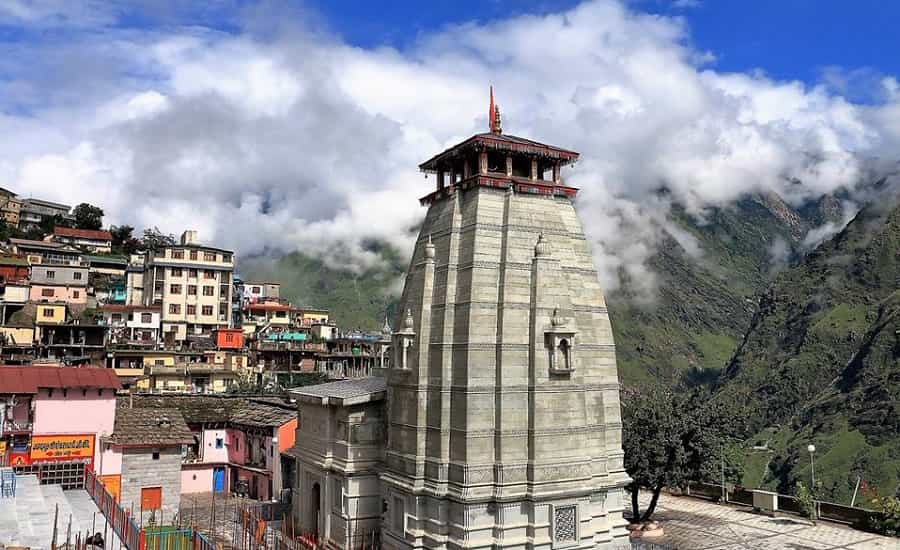
Morning after breakfast, driver for Rudraprayag via Joshimath. Visit on the way Narsingh Temple in Joshimath later drive back to Rudraprayag via Joshimath. Check into the hotel arrival in Rudraprayag. Overnight stay at Rudraprayag.
Joshimath is situated on the slopes above the confluence of the rivers Alaknanda and Dhauliganga. Of the four ‘Maths’ established by Adi Shankaracharya, Joshimath is the winter seat of Badrinath. The idol is brought down to Joshimath and installed in the temple for people to worship. There are many other temples in the township. The most important is the temple of Nir Singh with the idol of Lord Vishnu. The left arm of this deity is getting destroyed with time and the popular belief holds that the day the arm completely withers Badrinath valley will cease to exist and the Gods will transfer the residence into the neighboring Niti Valley at Bhavishya Badri.
Day 5Rudraprayag – Haridwar (165kms/5-6hr)

Morning after breakfast, drive for Haridwar via Rishikesh. Rishikesh ‘place of sages’ is a celebrated spiritual town on the bank of Ganga and is surrounded by Shivalik range of the Himalayas on three sides. It is said that when Raibhya Rishi did hard penances, God appeared by the name of ” Hrishikesh ” and this area hence firth came to be known as Rishikesh. Check in Hotel. Later visit Rishikesh Temples & Sight Seeing – Laxman Jhulla, Ram Jhulla. Drop at Haridwar.
Rishikesh: Named after the Lord Vishnu, Rishikesh is a holy city for Hindus. Located in the foothills of the Himalaya in northern India it is also known as the yoga center of the world and is home to many world renowned ashrams. Rishikesh styles itself as the ‘Yoga Capital of the World’, with masses of ashrams and all kinds of yoga and meditation classes. The fast-flowing Ganges is surrounded by forested hills inside the city. Apart from temples and ashrams Rishikesh is now a popular white-water rafting centre, backpacker hang-out, and gateway to treks in the Himalaya.

